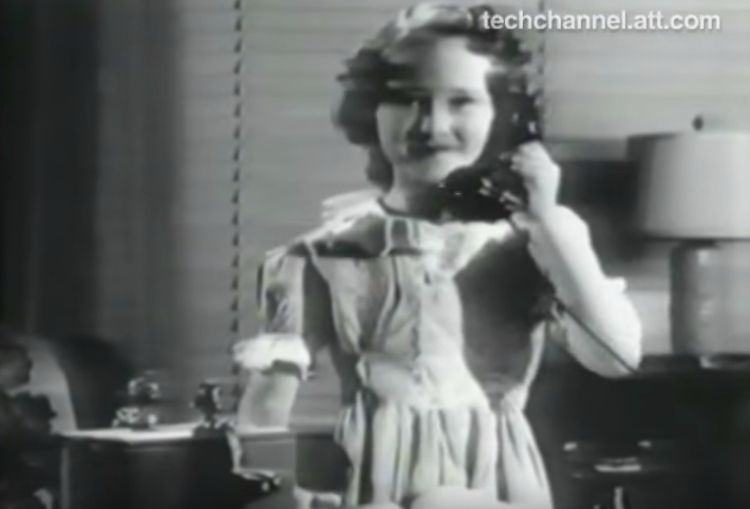Modern phones are marvels of technology. They are slim, sleek and small. From backlit screens and cameras to apps, they can be chock-full of features. While the usefulness of the modern phone’s functionality is actually up for debate, one thing is clear, they are so far removed from phones of the past such as the rotary phone.
The rotary phone looks like a beautiful vestige of yesteryear, and it is in many respects. While we are used to tapping screens or pressing buttons that are arranged in a neat little grid to make calls, rotary phones used a different system entirely.
Advertisement
Rotary phones had the digits on a circular layout. To dial numbers, you had to spin the rotary dial and stop on each number you wanted to call. This method of dialing is called decadic dialing, according to Wikipedia. Using a technology known as pulse dialing, the phone number you dialed would make its way over a landline to a local telephone exchange, where you would be connected to whomever you called.
Rotary dialing is an old technology. The first patent for it was issued in 1892, not even 20 years after Alexander Graham Bell made the first telephone call to his assistant in 1876. For a while, rotary dial systems were used exclusively by independent telephone companies. The Bell Telephone Company started using the technology on its Bell System starting in 1919, according to Wikipedia. Rotary phones and the rotary dial began to be replaced by push-button, “Touch-Tone” dialing in the 1960s.
If you've never actually used a rotary phone, an AT&T informational video from the 1930s on YouTube illustrates how people used rotary phones and what you heard when you placed a call. Take a blast to the past and watch the infomercial below.
Advertisement



